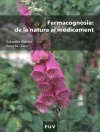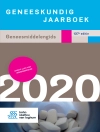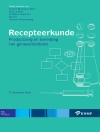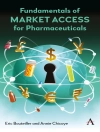Oxidants, like other aspects of life, involves tradeoffs. Oxidants, whether intentionally produced or by-products of normal metabolism can either mediate a variety of critical biological processes but when present inappropriately cause extensive damage to biological molecules (DNA, proteins, and lipids). These effects can lead to either damage that is a major contributor to aging and degenerative diseases (or to other diseases such as cancer, cardiovascular disease, immune-system decline, brain dysfunction, and cataracts) or normal physiological function- tissue repair, defense against pathogens and cellular proliferation. On the other hand the body is equipped with a complex antioxidant/oxidant handling system which includes both enzymatic and nonenzymatic (i.e. small molecules such as flavonoids, ascorbate, tocopherol, and carotenoids) produced endogenously or derived from the diet. This book focuses on how the same molecules can have favorable or noxious effects depending on location, level and timing.
Each chapter focuses on one particular molecule or oxidant/antioxidant system and provides a state of the art review of the current understanding regarding both positive and negative actions of the system under review.
Spis treści
Old Players.- Hydrogen Peroxide: The Good, The Bad, and The Ugly.- Peroxynitrite: A Key Molecule in Skin Tissue Response to Different Types of Stress.- Cellular and Environmental Electrophiles: Balancing Redox Signaling, Inflammation, and Cell Death Pathways.- The Role of Reactive Nitrogen Species (RNS) in the Activation of Nuclear Factor Kappa B (NFk B) and Its Implications for Biological Systems: The Question of Balance.- Neutrophil-Derived Oxidants as Modulators of Polyunsaturated Fatty Acid Metabolism.- Fatty Acids in the Modulation of Reactive Oxygen Species Balance in Cancer.- The Question of Balance: The Interaction Between Blood and Ozone.- Iron and Erythrocytes: Physiological and Pathophysiological Aspects.- The Adventures of Superoxide Dismutase in Health and Disease: Superoxide in the Balance.- Glutathione Metabolism: Favorable Versus Unfavorable Effects.- Dual Roles of Oxidative Stress in the Lungs.- Antioxidants: How They Work.- New Players.- The Role of DUOX Isozymes in the Respiratory Tract Epithelium.- Hypertension, Diabetes, Oxidative Stress, and Cardiovascular Remodeling: Making the Connection with p66shc.- A Role of BRCA1-Associated Protein BARD1 in Oxidative Stress Response and Signaling and Proliferation Control.- Postprandial Events as a Trigger for Redox Unbalance: Role of Dietary Lipid Hydroperoxides and Antioxidants.- F2-Isoprostanes: Markers and Mediators of an Imbalanced Redox Status in the Liver.












